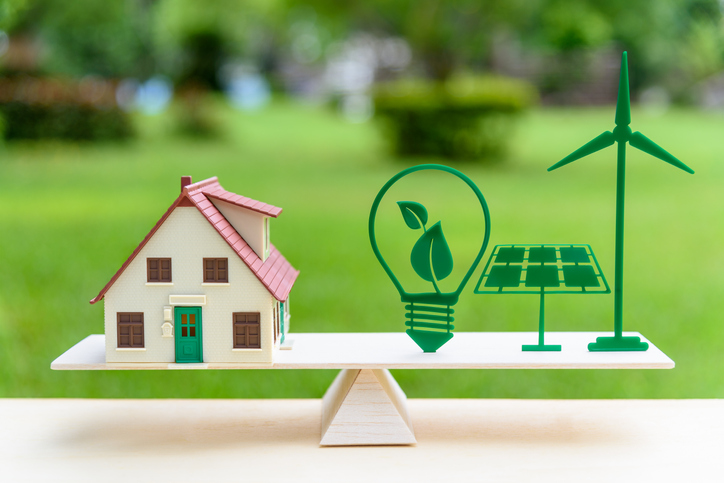Greenhouses, here is the list of the interventions to be carried out and their cost

The European Parliament gave the green light for this Greenhouse Policyaimed at promoting the energy efficiency of buildings in Europe, resulting in this until 2030 All residential properties must achieve at least the Energy class EAnd then D to 2033, with the aim of achieving zero emissions.
The blow is for homeowners who need to adapt to the directive and upgrade their property to new European standards. But what costs are we talking about? To draw a first assessment is that Silvi building constructionafter which it will be necessary Replace windows and boilerdo that thermal coat and install photovoltaic modules.
“In a typical 1980s 4-storey building at about 400 meters above sea level with apartments with an average living area of 100 square meters, including works on the outer shell, walls, roof and attic, the transition from class G after class D is associated with average costs that can be estimated today around 60,000 euros per apartment. If instead of an apartment it was a detached house, for the same area it would cost double and even triple if a villa of about 200 square meters class G would have to be adapted to the European directive, which would also require spending money 180,000 euros. Coming back to the dwellings instead, if one also wanted to add the seismic remediation, the estimated cost of the interventions – local reinforcement, roll-over protection of the outer claddings and restoration of damaged parts – in the seismic zones 1 and 2 can be estimated at the cost of today around 50,000 euros for each individual apartment“.
Silvi Costruzioni Edili also recalls this New buildings, In addition, they must be zero-emissions as early as 2028, an early deadline of 2026 for all new buildings occupied, managed or owned by public administrations. And all new buildings for which it will be technically and economically possible must be equipped with it Solar technologies by 2028, while for residential buildings undergoing major renovation, the deadline is 2032. “In short, the cost for Italians is really huge and 2030 is too close. We all hope that the European Union can allocate more time to reach the set goals and that new forms of construction subsidies can be introduced that can help the Italians to carry out these works”, concludes Silvia Silvi, General Manager by Silvi Costruzioni Edili.
The risk of a maxistich through the Greenhouse Directive
The EU directive on “greenhouses” threatens to become one Maxi stab against Italian citizenswith spending on home renovations that could reach the quota 108 billion euros. That says it codacons, which simulates the costs that homeowners have to bear:
“The energy renovation measures envisaged by the EU will be worrying the thermal jacket, the replacement of the internals, the new condensing boiler and solar panels. Works with very different costs depending on the type of materials chosen and the territorial location of the buildings. For example, the thermal coating costs between 180 and 400 euros per square meter on average, while the cost of the furnishings ranges from 10 to 15,000 euros on average.
For a new condensing boiler, considered a 100 m2 house, the cost is between 3,000 and 8,000 euros, double that if it is a hybrid boiler and a heat pump. For a 3 kW photovoltaic system, the effort required is approxaround 7,500-10,500 eurosdepending on the type of photovoltaic modules used.
The interventions planned by the EU for energetic requalification would therefore determine average costs between 35,000 and 60,000 euros per apartment, where the expenditure for the municipality, taking into account 1.8 million buildings affected by the measure, ranges from 63 to 108 billion euros. Not to mention the possible speculation related to the rush to restructure, as was already the case with the Superbonus, with increases in price lists and tariffs for materials, components, installations, specialized companies, etc. which would further increase the bill for families.
But the EU directive also risks triggering an earthquake in the real estate market, leading to a Depreciation of up to 40% of the value of land not subject to rehabilitation works“.





